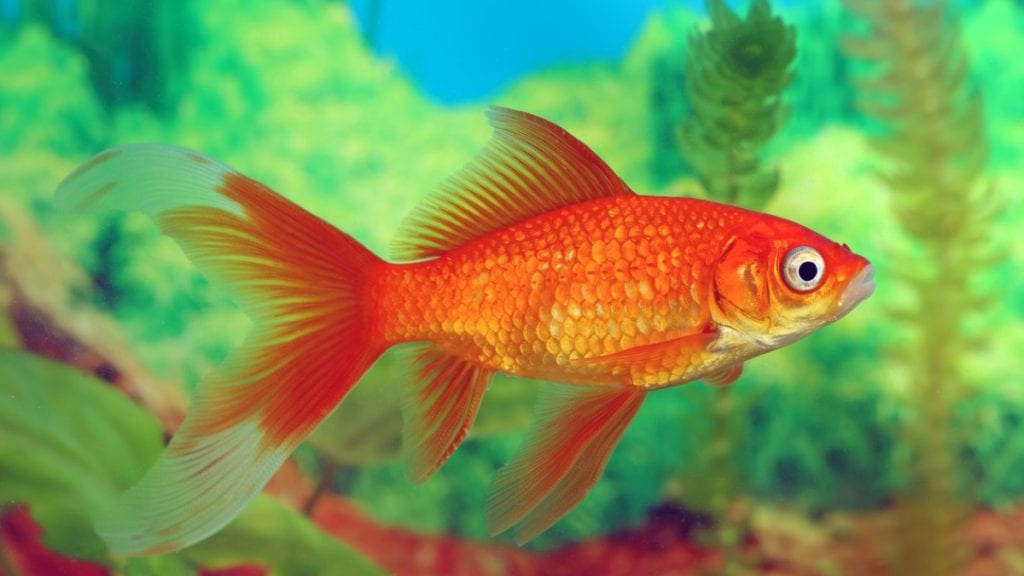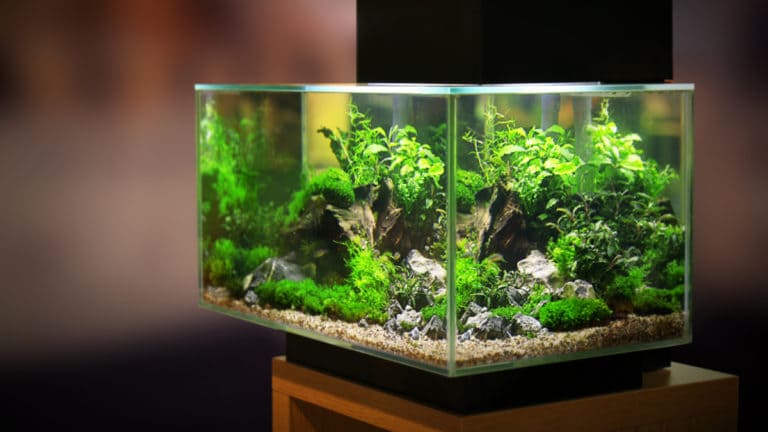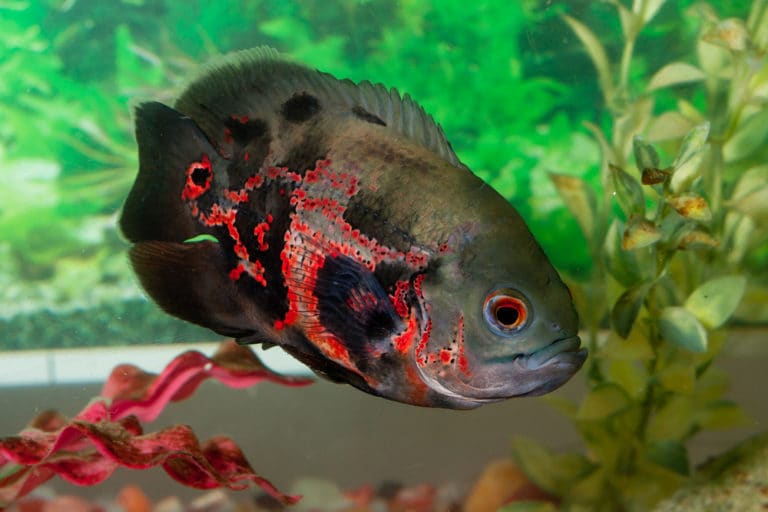Q.
About a month ago, I purchased a carbon dioxide canister that needs to be replaced every 28 days. I also purchased many plants for a 55-gallon aquarium. I have had live aquatic plants in this aquarium before, but the leaves got thin and brown, and looked awful. I was using an air stone then. I have now taken the air stone out but just read an article on how bad CO2 can be for the fish, up to the point of killing them. The live aquatic plants are doing better, and the fish seem to be the same. However, I noticed that I have nitrite levels of .25 to.50, which is new. Any suggestions? All other levels in the fish aquarium are perfectly normal. The temp is at 80 degrees.
Joelle Guay
Chicago, IL
Q.
I have a 3-gallon and 12-gallon planted aquarium. I keep reading articles about planted aquariums that require CO2. I have a plant substrate, and I keep the light on a timer. Some of the live aquatic plants are doing well, while others look like they are lacking growth. Do I need CO2, or are there other ways to enhance the growth of my plants?
JoAnn Smith
California
A.
CO2 is only a problem for the fish if you add too much to the water. The amount you want to add is much lower than the harmful amount. A good target level for live aquatic plants is about 20 to 30 ppm. CO2 doesn’t seem to stress fish until the level gets to be about 50 ppm or higher. I have unintentionally let the CO2 level creep up to 40 ppm without the fish showing any visible signs of stress. So, you don’t want the CO2 level to get unreasonably high—that is indeed bad for the fish. But at lower levels, it is great for the live aquatic plants and harmless to the fish.
I don’t know the specifics of Joelle’s or JoAnn’s aquarium water, but it sounds like their plants are withering or stunted from hunger. I’ll offer some general comments that I hope will help.
A common mistake for a beginning aquatic gardener is to try to achieve the water conditions one might aim for if keeping a fish-only aquarium: low or 0 nitrites and nitrates, no phosphate and just enough light to be able to view the fish. Those goals can be helpful in avoiding algae in a fish-only aquarium. Unfortunately there are algae for almost every lighting level and for a wide variety of water conditions. So, those goals help, but they don’t win the battle.
However, a well-planted aquarium does a much better job of avoiding algae than a freshwater fish-only aquarium, provided conditions are good for the plants. The better the live aquatic plants are doing, the less able algae are at getting a chance to grow. And good conditions for plants means abandoning those fish-only goals and setting new ones. Aquatic plants need nitrogen, which they can get from ammonium, ammonia and nitrates in the water, if any is present. They need phosphorous, which they can get from the nonorganic phosphates in the water, if any is present. Additionally, they need potassium and a variety of trace elements, which are available in some water. Besides these chemicals, they need carbon dioxide, of which there is normally very little in water. These chemicals are all required nutrients for live aquatic plants–they cannot grow without them. Lastly, plants need enough light to get enough energy to use the chemicals. For a planted aquarium, provide adequate nutrients and enough light to let the live aquatic plants use the nutrients.
It’s partly a question of balance. If you provide more light or more nitrogen than the aquatic plants can use, algae will probably start growing, using up the excess.
In an aquarium with moderate lighting (the equivalent of roughly about 1.5 to 2 watts per gallon [wpg] of high-quality fluorescent lighting) and moderately stocked with fish, the fish food, including that which is processed by the fish, can often supply enough nitrogen, and sometimes enough phosphate, for plants. Slow-growing aquatic plants will grow fine, and normally fast-growing plants will grow very slowly, their appetites thwarted and their leaves diminutive. In that situation, the amount of CO2 in the water will support the aquatic plants.
For faster growth, one needs to have about 2 wpg of light with good, mirrorlike reflectors, or slightly more (2.5 to maybe 3 wpg) with white plastic reflectors. One also needs to add more nutrients. Ammonium, ammonia and nitrites will be sucked up pretty quickly by the plants; and what the plants don’t get, the biofilter will (and once established, your whole aquarium is a biofilter: the walls, substrate and the media in the filter). A nitrate level of about 10 parts per million (ppm) is a good target for a planted aquarium. For phosphate, aim for about a tenth of the amount of nitrates or about 0.1 ppm. You can try to do this by adding more fish food, but it’s easier to control if you get some potassium nitrate and potassium phosphate from a hydroponics or aquatic gardening store. By using those compounds, you will be ensuring that adequate potassium is available, too. I always add a good trace element mix.
If you want to grow live aquatic plants even faster, you can think about adding CO2, which is a relatively harmless, odorless, colorless gas that plants use as a source of carbon, the basic chemical building block of life. CO2 is generally not necessary, but it is always a good addition to a planted aquarium setup. Adding CO2 will not increase nitrite or nitrate levels. In fact, it will tend to reduce them as the added CO2 allows the aquatic plants to grow faster and use up nutrients faster. If you had good nutrients levels before adding CO2, you probably need to add more nutrients afterward. If you get an increase in nitrites or nitrates, it could be from increased fish feeding, overloaded filter media or from detritus in the substrate being stirred into the water column during planting.
If you want to get really fast-growing live aquatic plants after adding CO2, you can try adding more light, maybe 3 or even 4 wpg. Again, you will probably need to add more nutrients. But be warned: at such high lighting levels, you will increase your chances for algae outbreaks and nutrient imbalances. The fast lane can be more exciting but also has higher risks.
Posted by: Chewy Editorial
Featured Image: Grigoril_Pisotckii
Share:









